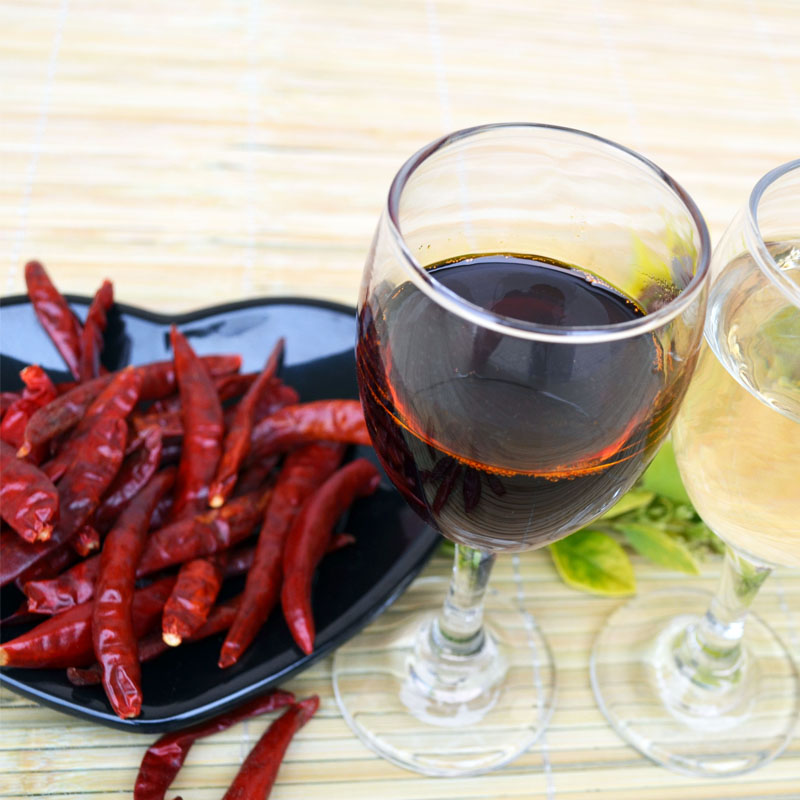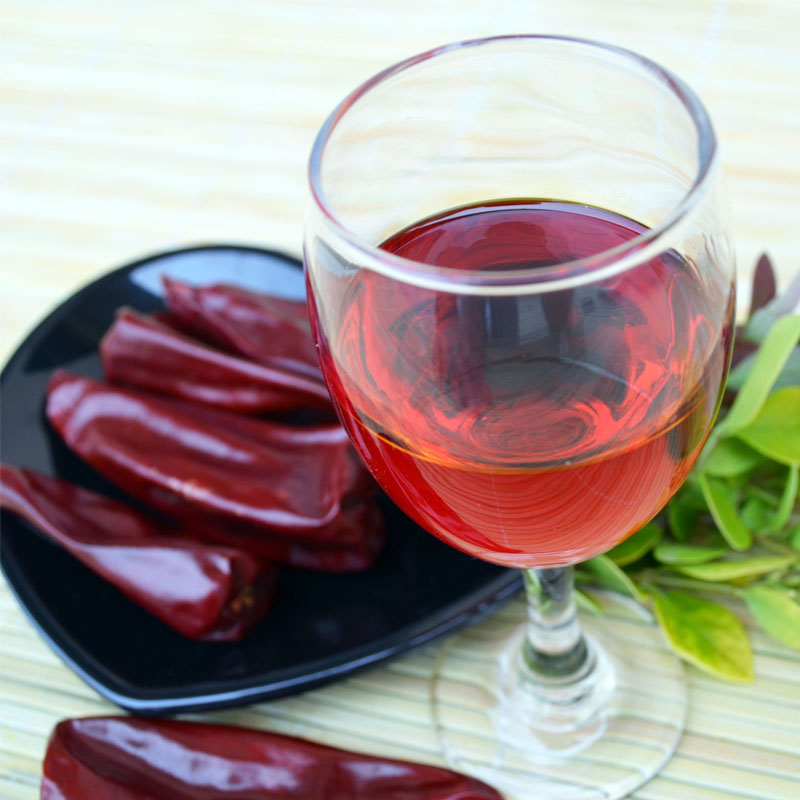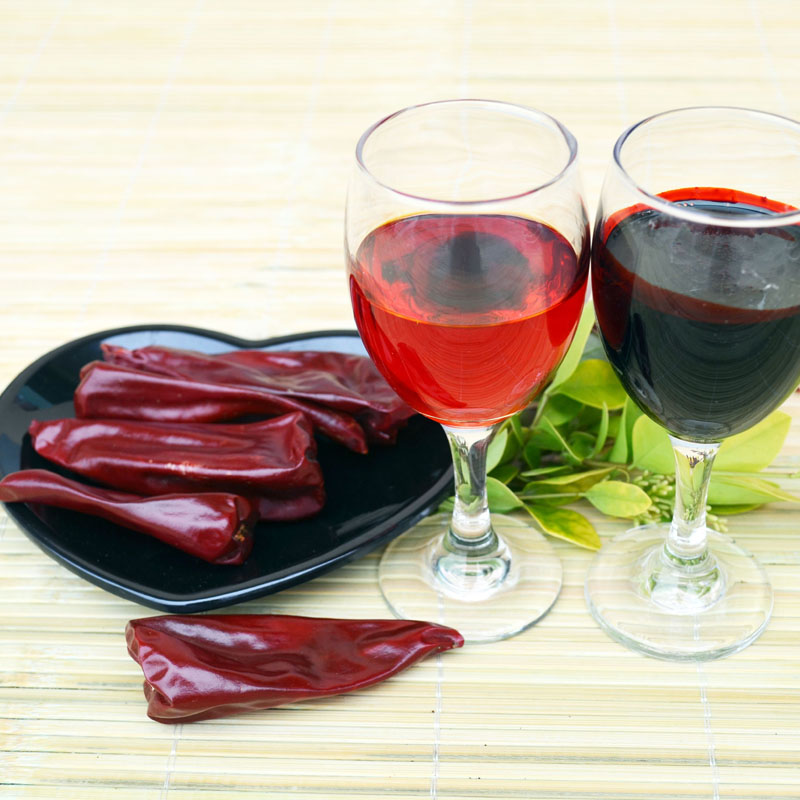- No. 268 Xianghe Street, Economic Development Zone of Xingtai city, Hebei 054001 China
- Byron@hbhongri.cn
Paprika Oleoresin | Natural Color & Mild Heat, Food-Grade
Paprika Oleoresin: a practical insider’s guide
If you’ve worked a day in snacks, sauces, or ready meals, you already know the red. To be honest, clean-label color has gone from “nice to have” to baseline spec, and Paprika Oleoresin keeps showing up on my factory walk-throughs. It’s oil-soluble, naturally sourced from Capsicum fruits, and—surprisingly for a natural pigment—pretty cooperative in hot-fill and frying lines. The sample set I reviewed came from Hebei, China (No. 268 Xianghe Street, Xingtai Economic Development Zone), which tracks with what many buyers are shortlisting right now.

What it actually is (and why the industry cares)
Paprika Oleoresin is an oil-soluble extract standardized for capsanthin/capsorubin—those are the carotenoid pigments behind that signature warm red. It’s approved as a color additive in major markets (think E160c in the EU). Many customers say they prefer its warm, appetizing hue over the sometimes “cold” tone of synthetics. And yes, solvent residues are controlled to meet regulatory specs; in fact, that’s now table stakes for global retail.
Product specifications (typical)
| Parameter | Typical range | Notes (real-world use may vary) |
|---|---|---|
| Appearance | Deep red, viscous oil | Homogeneous after gentle warming |
| Color value (ASTA) | ≈ 40–200 | ASTA 20.1 method |
| Capsaicinoids | Low heat profiles for mainstream foods | |
| Solvent residues | Compliant with 21 CFR & EU specs | Hexane/ethanol options; CO2 on request |
| Carrier oil | Sunflower or MCT | Neutral flavor, good oxidative stability |
| Shelf life | 24 months sealed, 4–25°C | Use within 6 months after opening |

Process flow and quality control
Materials: selected Capsicum annuum fruits → cleaned/dried → milled. Methods: food-grade solvent extraction (or supercritical CO2 if specified), de-waxing/winterization, polishing filtration, standardization in carrier oil, antioxidant addition if required.
- Testing: ASTA color (20.1), HPLC capsanthin/capsorubin, GC for solvent residues, ICP-MS heavy metals, micro limits (TPC, yeast/mold, Salmonella absent).
- Stability data: after 90°C/30 min, color retention ≈ 85%; after 1,000 lux/7 days with antioxidant pack, ≈ 70% (internal plant trials, snack coating line).
- Certifications available: ISO 22000/HACCP, Kosher, Halal; FDA facility registration. COAs batch-specific.

Where it shines: applications
- Snack seasonings and extruded chips (good heat stability during frying).
- Processed meats, marinades, plant-based sausages—appetizing bloom without synthetic reds.
- Cheese and cheese analogs; soups, sauces, dressings. For beverages, use a water-dispersible emulsion grade.
- Pet food gravies and kibbles. Some cosmetics (tinted balms) with appropriate safety review.
Advantages: clean label, warm hue, customizable potency, and—actually underrated—batch-to-batch control. Many QA managers tell me the onboarding is painless if you specify color value upfront.
Vendor snapshot (real-world buyers compare these)
| Vendor | Origin | ASTA range | Customization | Certs | Lead time |
|---|---|---|---|---|---|
| Vendor H (Hebei) | No. 268 Xianghe St., Xingtai, China | ≈ 40–200 | Pungency, carrier oil, emulsions | ISO, Halal, Kosher | 2–4 weeks |
| Vendor M (EU) | EU production | ≈ 80–200 | Advanced emulsions | BRC, ISO | 3–6 weeks |
| Vendor I (India) | South Asia | ≈ 50–160 | Standard grades | ISO, FSSC | 3–5 weeks |

Customization, pack, and service life
- Color: target ASTA at 60, 100, 160, 200.
- Formats: oil-soluble, water-dispersible emulsion, or encapsulated for high-shear beverages.
- Carrier oil: sunflower or MCT; antioxidant systems on request.
- Packaging: 5–20 kg tins/drums; nitrogen-flushed. Shelf life 24 months sealed.
Quick case notes (from plant floors)
- Snack line: switched to Paprika Oleoresin ASTA 120; fry stability held, no red dusting on pack seams.
- Marinated chicken: replaced carmine; color bloom survived 72-hour chilled hold, consumers rated “more natural.”
- Plant-based cheese: MCT-based grade reduced orange drift under lighted retail cabinets.
Customer feedback? It seems that operators like its predictability. A few asked for tighter spec on ASTA drift—solved by narrowing the batch window and adding on-site retain samples.

Standards and references
- 21 CFR 73.340 – Paprika oleoresin (Color Additives Exempt from Certification).
- Commission Regulation (EU) No 231/2012 – Specifications for food additives (E160c).
- JECFA Monograph – Paprika extract (colour) safety evaluation.
- ASTA Method 20.1 – Measurement of Paprika and Oleoresin Color.
- Food Chemicals Codex (FCC) – Oleoresin Paprika monograph.
-
Capsicum frutescens oleoresin – High Purity, Food GradeNewsNov.17,2025
-
Capsicum Frutescens Oleoresin – Natural Heat & FlavorNewsNov.17,2025
-
Peppereka Powder – Fresh, Vibrant Color & Sweet AromaNewsNov.17,2025
-
Paprika Oleoresin | Natural Red Color, Heat & Flavor BoostNewsNov.17,2025
-
Pure Turmeric Extract 95% Curcumin | Potent, Lab-TestedNewsNov.17,2025
-
Red Papper Pods – Premium Sun-Dried, Bold Heat & AromaNewsNov.10,2025







